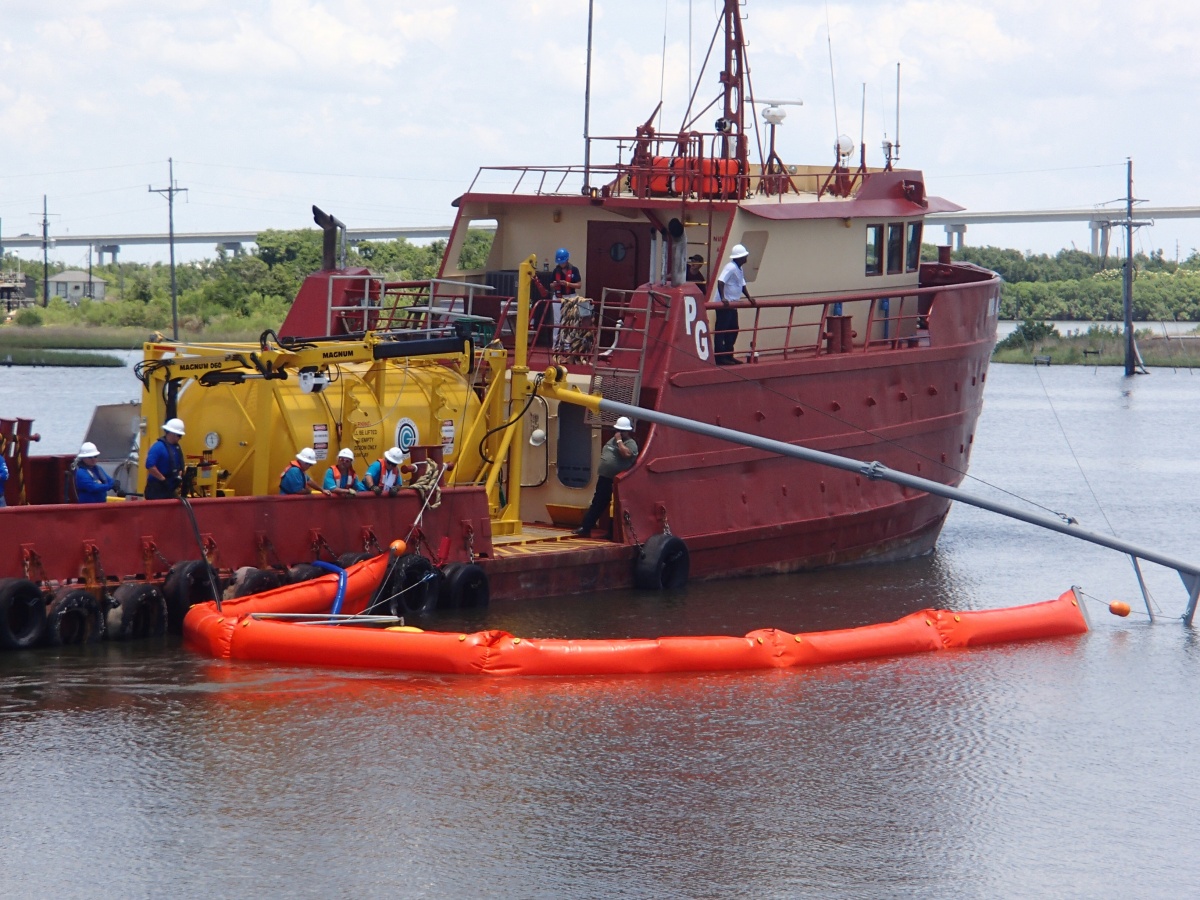Exercise Compliance

Exercises serve as a vital oil spill preparedness activity for BSEE and its regulated community. Exercises allow for the training and practice of strategic and tactical preparedness, protection, response, and recovery capabilities in a risk-reduced environment. They provide both industry and regulators with a means to assess preparedness and identify areas for improvement so that gaps, deficiencies, and vulnerabilities are addressed prior to any real oil spill/discharge incident.
BSEE’s 30 CFR Part 254 regulations require that offshore operators exercise their entire oil spill response plan every three years, either through one exercise or a series of separate exercises. The exercises must include:
- An annual incident management team functional exercise;
- Annual or semi-annual (as required) response equipment deployment exercises, and an annual notification exercise.
- Government Initiated Unannounced Exercises (GIUEs)
BSEE uses Government Initiated Unannounced Exercises (GIUEs) as the primary way to exercise the capabilities of regulated organizations. GIUEs allow BSEE to evaluate, on a no-notice basis, the response preparedness posture of the offshore exploration and production community. In a GIUE, BSEE and its interagency partners may focus on a number of objectives to test a particular OSRP. These objectives may include, but are not limited to, testing an operator’s:
- Ability to make timely notifications to emergency officials;
- Mobilize and organize staff to respond to the spill;
- Plan for and implement various spill response strategies and tactics;
- Deploy and operate response equipment; and
- Establish effective communications within a Unified Command.
The owner or operator of an offshore regulated facility that is directed to participate in a GIUE must do so unless specific conditions exist that could compromise safety.
National Preparedness for Response Exercise Program (NPREP)
One way industry can meet their exercise requirements under 30 CFR Part 254 is to comply with the National Preparedness for Response Program (NPREP) Guidelines. NPREP was developed to establish a workable exercise program that meets the intent of section 4202(a) of the Oil Pollution Act of 1990. NPREP provides a mechanism for compliance with regulatory exercise requirements, while being economically feasible for the government and industry to adopt and sustain. Chapter 6 of the latest NPREP Guidelines, published on October 2, 2018, addresses BSEE-regulated facilities.

BSEE also works closely with other agencies to ensure consistency between different exercise requirements. BSEE and its counterparts in the U.S. Coast Guard (USCG), Environmental Protection Agency (EPA), and the Pipeline and Hazardous Materials Safety Administration (PHMSA) collaborate to execute and improve the NPREP guidelines. BSEE OSPD staff serve on the interagency PREP Compliance, Coordination, and Consistency Committee (PREP 4C). This USCG-chaired committee serves a number of purposes, including:
- Assisting in the development of the national Area-level exercise schedules;
- Reviewing and modifying the NPREP guidelines; and
- Participating in periodic public meetings about the NPREP.
